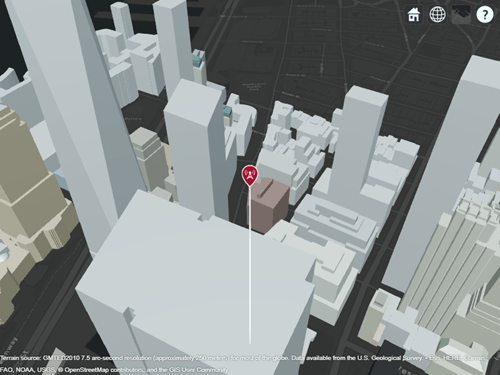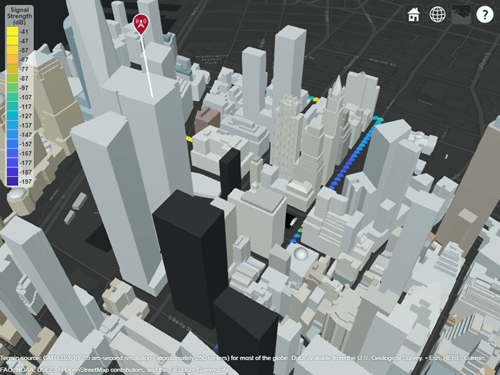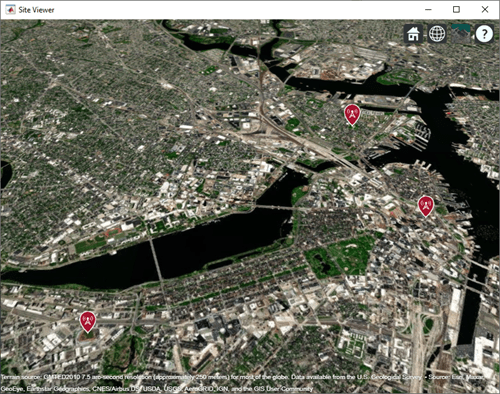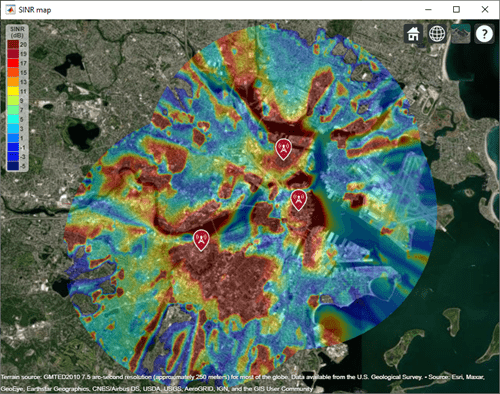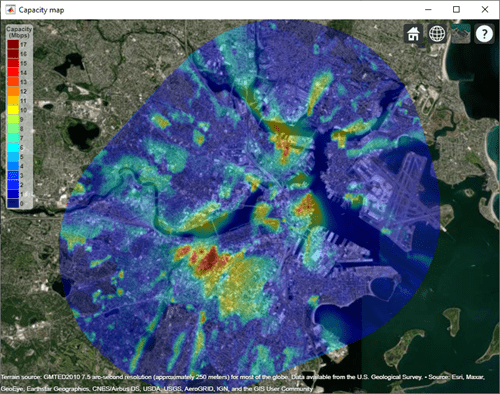propagationData
Create RF propagation data from measurements
Description
Use a propagationData object to import and visualize
geolocated propagation data. The measurement data can be path loss data, signal strength
measurements, signal-to-noise-ratio (SNR) data, or cellular information.
Creation
Syntax
Description
Input Arguments
Properties
Object Functions
plot | Display RF propagation data in Site Viewer |
contour | Display contour map of RF propagation data in Site Viewer |
location | Coordinates of RF propagation data |
getDataVariable | Get data variable values |
interp | Interpolate RF propagation data |
Examples
Version History
Introduced in R2020a
See Also
txsite | siteviewer | rxsite | readtable

